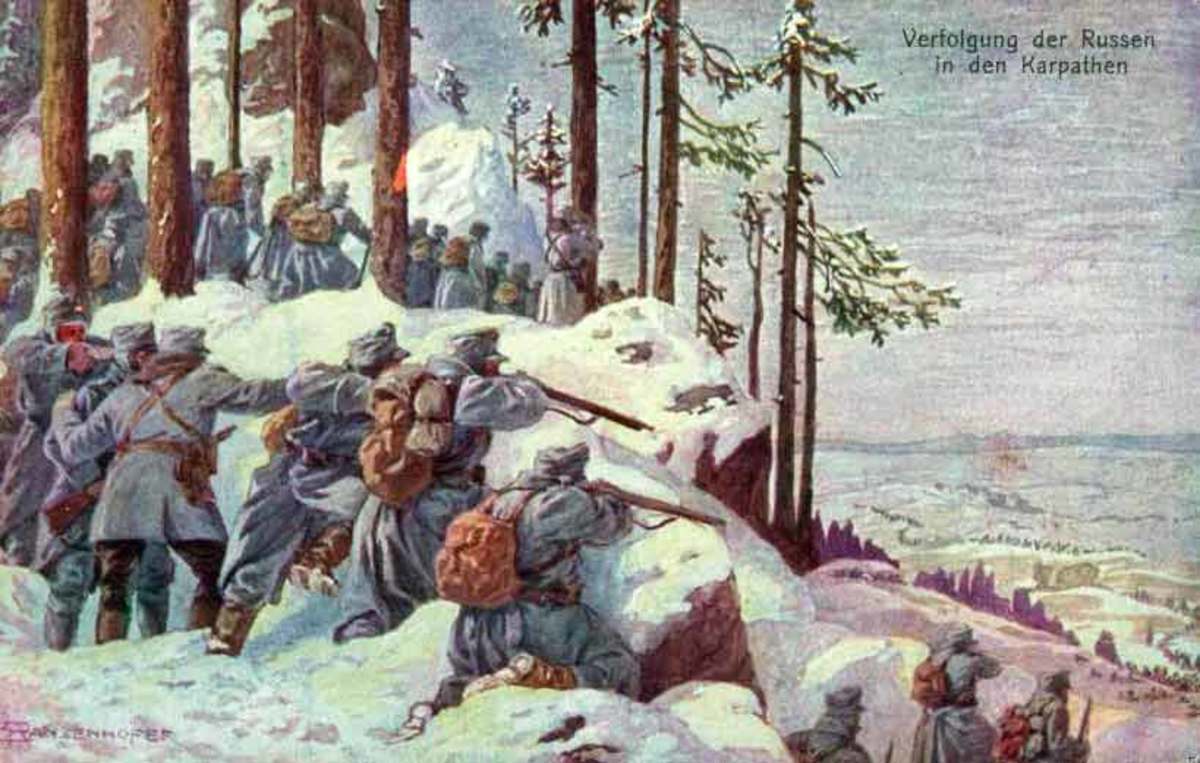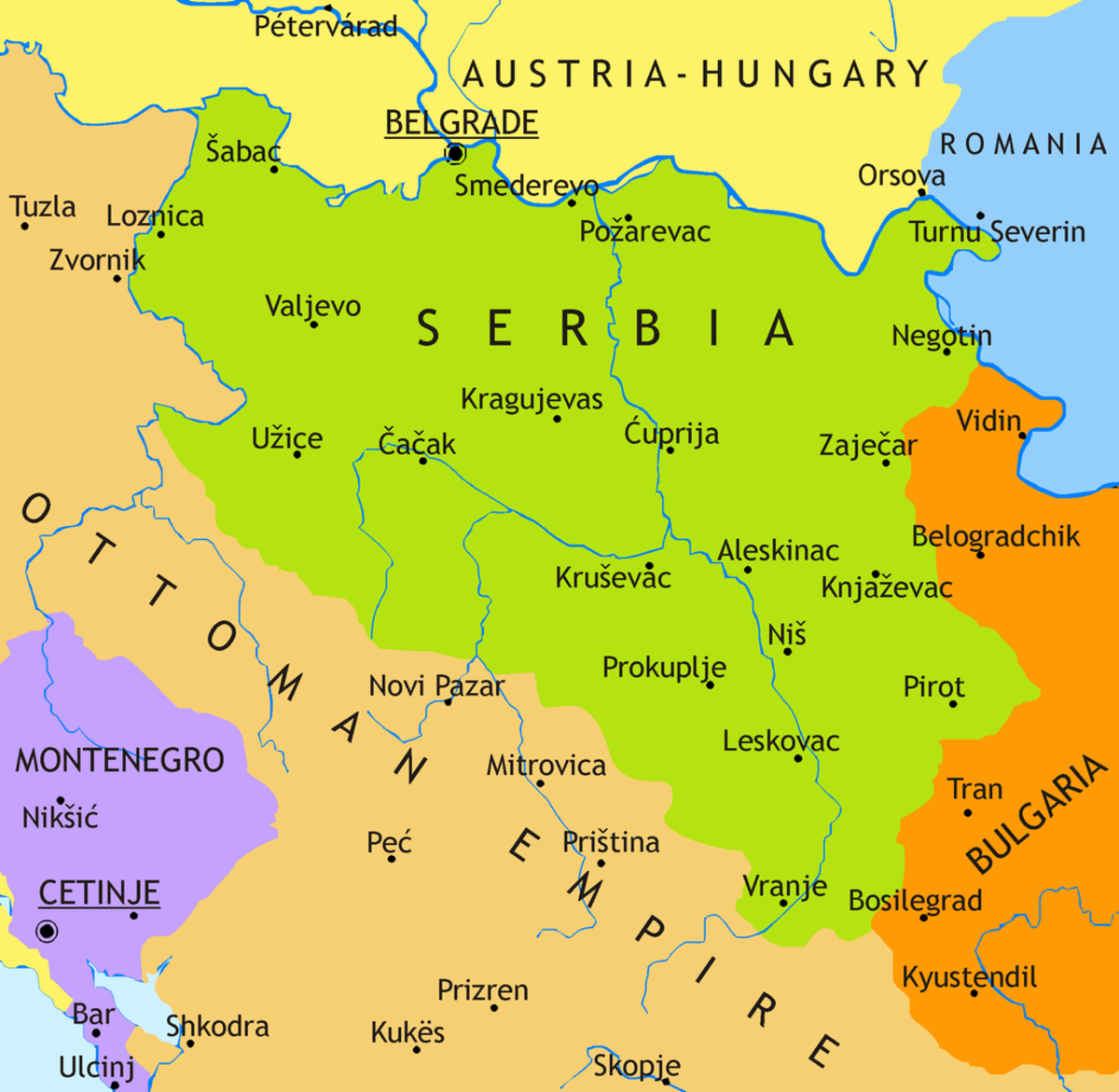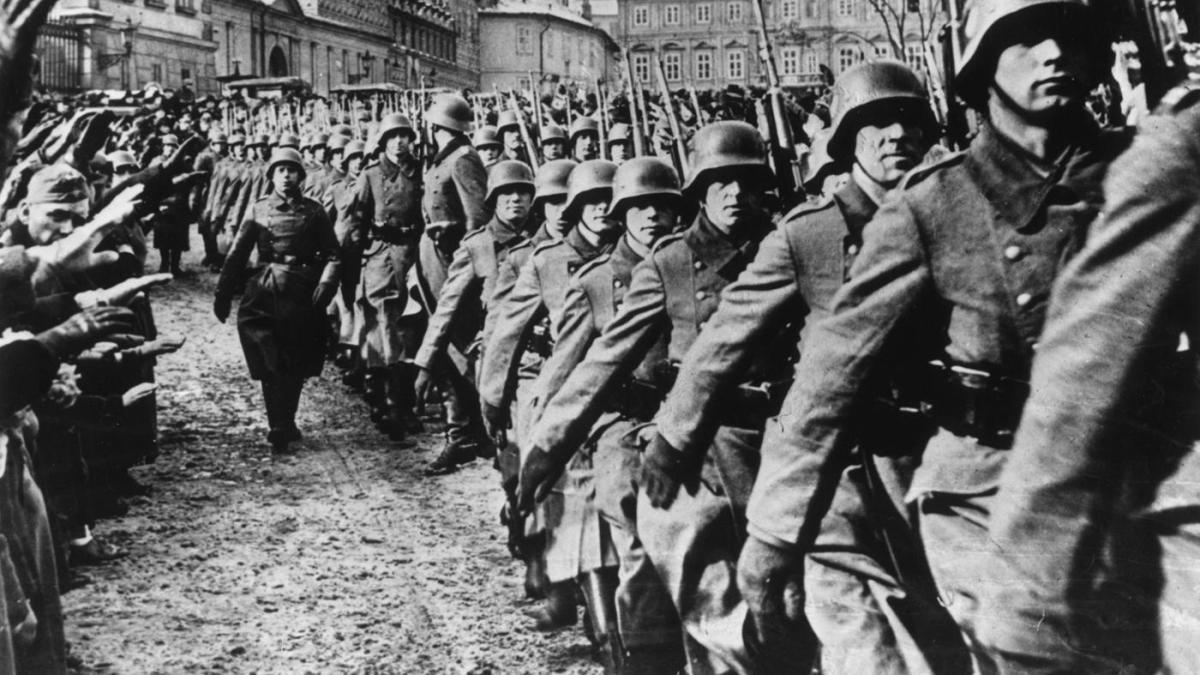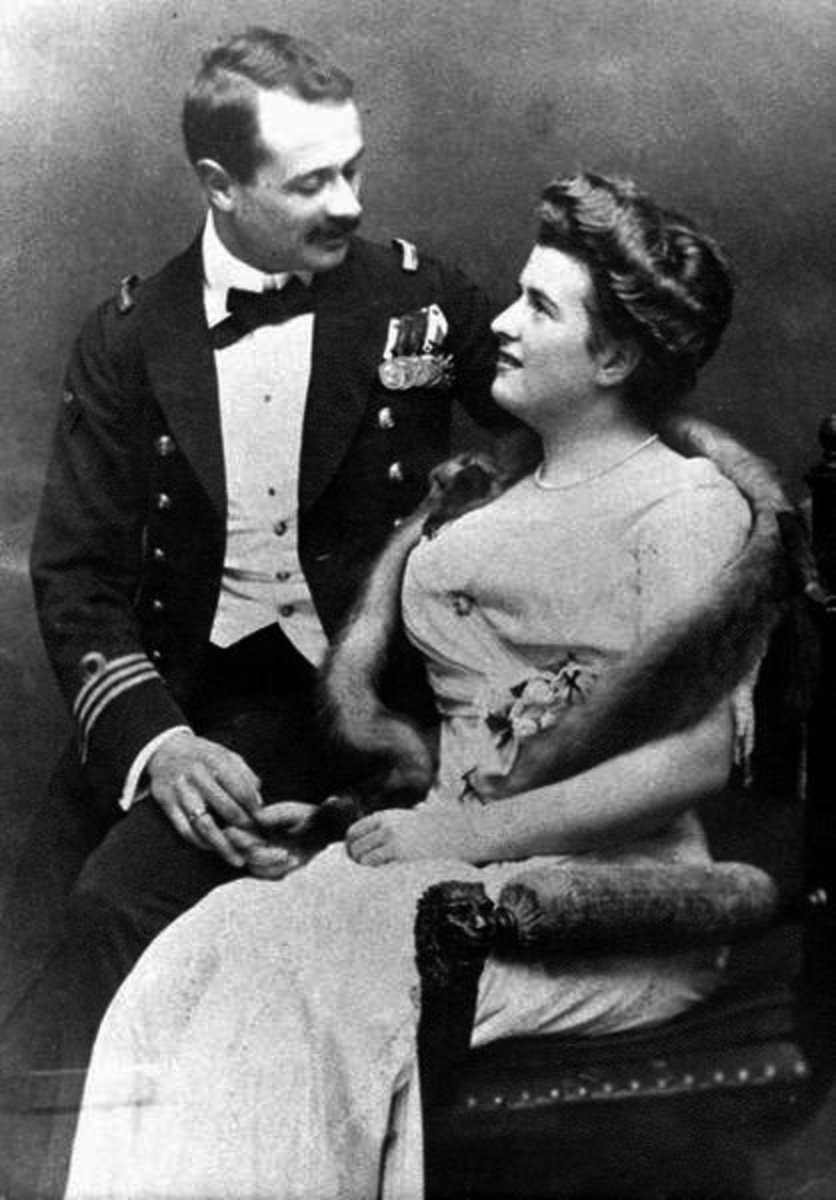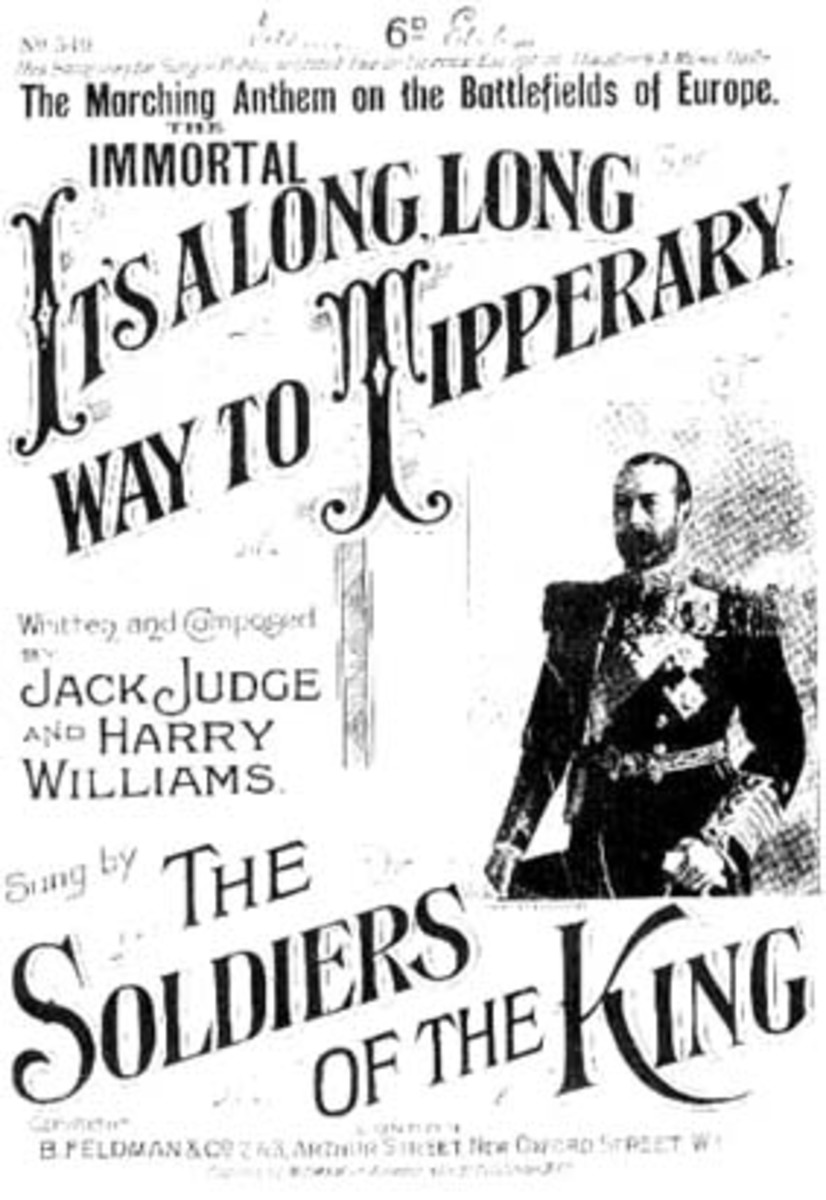- HubPages»
- Education and Science»
- History & Archaeology»
- History of the Modern Era»
- Twentieth Century History
History of World War I Part I - Causes of Destruction
Military conflict that began on 28 July 1914 as a clash located in the Austro-Hungarian Empire and Serbia, was transformed into an armed confrontation at the European level where the declaration of Austro-Hungarian war spread to Russia on August 1, 1914 and finally became a world war, which involved 32 nations, completed in 1918. Twenty-eight of them, called 'allies' or 'Associated Powers' and among them were Britain, Russia, Italy France, and the United States, fought against the coalition known as the Central Powers, consisting of Germany, the Ottoman Empire, Austria-Hungary, and Bulgaria. The immediate cause of the outbreak of hostilities between Austria-Hungary and Serbia was the assassination of Archduke Franz Ferdinand of Austria, heir to the Austro-Hungarian throne, committed in Sarajevo (Bosnia, then part of Austro-Hungarian Empire, now Bosnia - Herzegovina) on 28 June 1914 by the Serbian nationalist Gavrilo Princip. However, the root causes of conflict refer to the nineteenth-century European history, specifically the economic and political trends that prevailed in Europe since 1871, was founded in the great power and emerged as the German Empire.
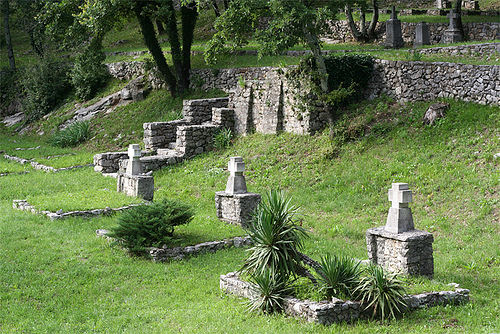
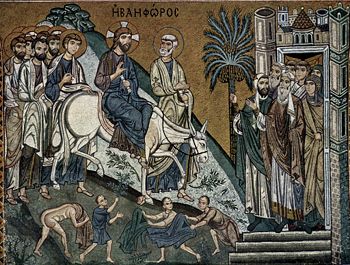
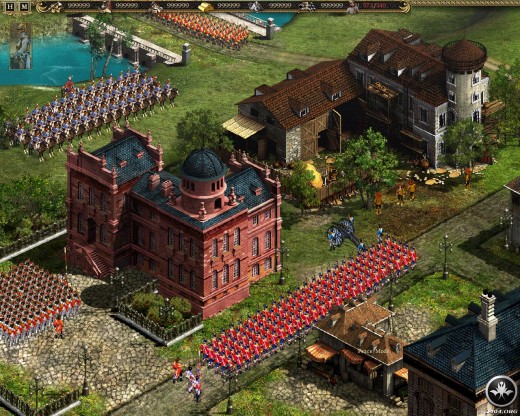
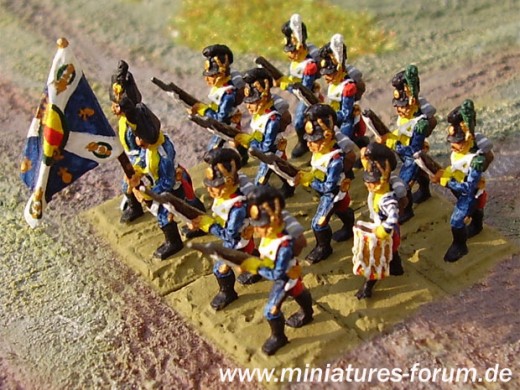
The Causes of World War I
The real factors that triggered World War I were the intense spirit of nationalism that swept Europe during the nineteenth and early twentieth centuries, economic and political rivalry between the nations and the process of militarization and arms race that vertiginous characterized the international society during the last third of the nineteenth century, from the creation of two opposing alliance systems.
Nationalism
The French Revolution and Napoleon-type wars had spread through most of Europe with the concept of democracy, thus extending the idea that population with a shared ethnicity, language and political ideals had a right to form independent states. However, the principle of national self-determination was totally ignored by the dynastic and reactionary forces that decided the fate of European affairs at the Congress of Vienna (1815). Many of the people who wanted their autonomy were made subject to local dynasties or other nations. For example, the German states, as part of the Germanic Confederation, were divided into numerous principalities and kingdoms under the terms of the Congress of Vienna, Italy was also divided into several political units, some of which were under foreign control; French and Flemish Belgians of the Austrian Netherlands were subject to domination by Congress. Revolutions and strong nationalistic movements of the 19th century succeeded in reversing much of the impositions reactionary agreed in Vienna. Belgium gained independence from the Netherlands in 1830, the unification of Italy was culminated in 1861, and that of Germany in 1871. However, nationalist conflicts remained unresolved in other areas of Europe in the early twentieth century, which caused tensions in the regions involved and between various European nations. One of the most important nationalist movements, Pan-Slavism played a key role in the events leading to war.
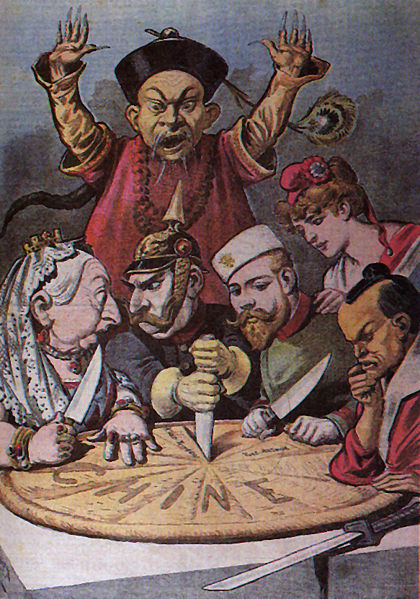
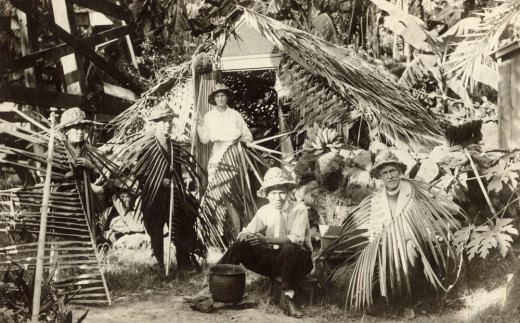
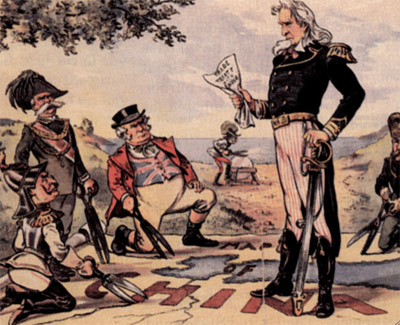
Imperialism
The nationalistic spirit also was evident in the economic field. The Industrial Revolution began in Britain in the late eighteenth century in France in early nineteenth century and in Germany since 1870, caused a large increase in manufactured products, so these countries were forced to seek new markets outside. The area that was primarily developed European policy of economic expansion was Africa, where the respective colonial interests came into conflict with some frequency. The economic rivalry for dominance of the African territory between France, Germany and Britain was ready, from 1898 to 1914, of provoking a war in Europe on several occasions.
Military expansion
Because of these tensions, the European nations took steps both domestic and foreign policy between 1871 and 1914 which, in turn, increased the danger of a conflict, had numerous standing armies, which extended continuously through recruitments made in peacetime, and built warships larger. Britain, influenced by the development of the German Navy, which began in 1900, and during the Russo-Japanese modernized its fleet under the leadership of Admiral Sir John Fisher. The armed conflict that took place between Russia and Japan had demonstrated the efficacy of long-range naval weapon. Progress in other areas of technology and military organization stimulated the formation of staffs able to prepare plans for mobilization and attack very specific, often integrated into programs that could not be reversed once initiated.
The leaders of all countries were aware that rising military spending would lead to national bankruptcy or time in a war which is why it tried to promote global disarmament on several occasions, especially in the Hague Conferences of 1899 and 1907. However, the international rivalry had reached such a point that was not possible to achieve any effective agreement to decide the international disarmament.
In parallel to the arms process, European states established alliances with other powers to avoid being isolated in the case a war broke out. This attitude led to a phenomenon which, in itself, greatly increased the possibilities of widespread conflict: the alignment of the great powers of Europe into two hostile military alliances, the Triple Alliance formed by Germany, Austria-Hungary and Italy and the Triple Entente, comprising Britain, France and Russia. The very changes that occurred within these partnerships helped create a crisis atmosphere in which the latent period was called the 'armed peace'.
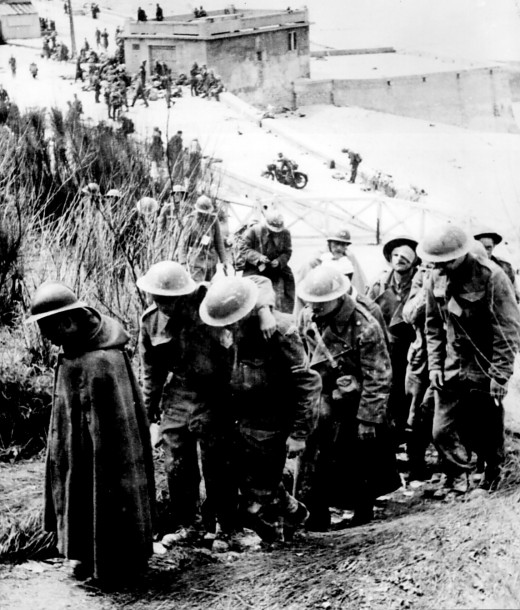
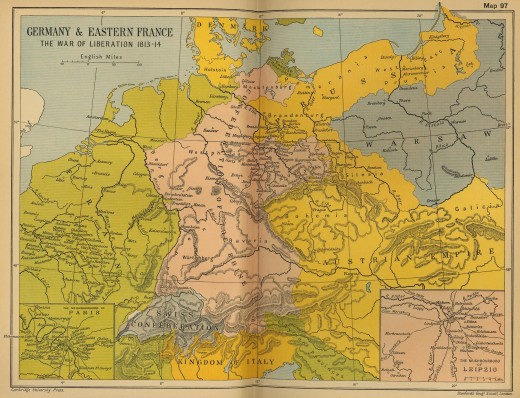
The pre-war crisis (1905-1914)
When meeting divided Europe into two hostile alliance systems, any alteration of the political or military situation in Europe, Africa or anywhere else would cause an international incident. From 1905 to 1914 took place several international crises and local wars, and all of them were about to trigger a general war in Europe. The first conflict occurred in Morocco, where Germany fought in 1905 and 1906 to support the country in its struggle for independence and to avoid domination of the area by France and Spain. France threatened to declare war on Germany, but the incident was finally settled at an international conference held in Algeciras (Spain) in 1906. The Balkans was the scene of a new confrontation in 1908, motivated by the annexation of Bosnia-Herzegovina by Austria-Hungary. Among the different types of Slavism or was the movement to create a Greater Serbia, one of whose objectives was to acquire the southern region of Bosnia, so that the Serbs threatened to declare war on Austria. No campaign was not initiated because the Serbs could not take up the fight without Russian support, and it was not in a position to intervene in the race. In 1911 a new crisis broke out in Morocco, when the German government sent a warship to Agadir in protest against French attempts to achieve supremacy in the area. There were threats of war by both sides, but the conflict was resolved at the Conference of Agadir. Italy, drawing the concern of the great powers for the Moroccan question, declared war on the Ottoman Empire in 1911, hoping to annex the Tripoli region, North Africa. Since Germany had been forced to establish friendly relations with the Ottoman Empire because of its policy of Drang nach Osten ( "Expansion to the East '), Italy's attack weakened the Triple Alliance and encouraged its enemies. The Balkan Wars of 1912-1913 increased the interest of Serbia to gain control of areas of the Austro-Hungarian inhabited by Slavic peoples, deepened the suspicion of the Austro-Hungarian Empire towards the Serbs and generated in Bulgaria and the Ottoman Empire a desire for revenge after their defeat in such conflicts. Germany, angered by the fact that the Ottoman Empire had lost its territories in Europe as a result of the Balkan conflict, formed a larger Army. France responded with the extension of compulsory military service from two to three years in peacetime. Other European nations followed the example of these powers and assigned in 1913 and 1914 huge amounts to the budget for military spending
Military operations
The assassination of Austrian Archduke had a catastrophic impact on a Europe riven by armed and national rivalries.
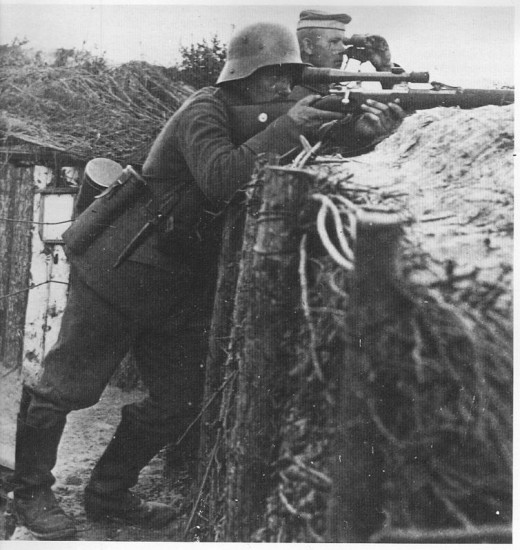
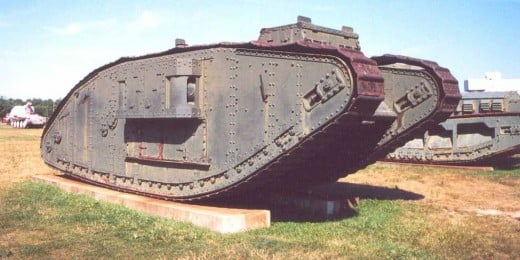
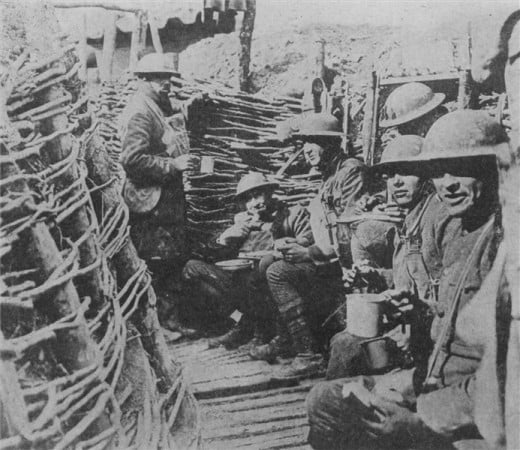
Diplomatic Efforts
The Austro-Hungarian government, which believed that the assassination was the work of the Greater Serbia movement decided to remove this group by sending a military expedition to Serbia. On 23 July, Austria-Hungary sent an ultimatum to Serbia that contained ten specific conditions, most of which were related to the elimination of anti-Austrian propaganda in Serbia. This, encouraged by Britain and Russia agreed to the Austro-Hungarian demands but two of them on July 25, but Austria responded that the Serbian response was not satisfactory. The Russians tried to persuade Austria to amend the terms required, and stated that if the Austrians attacked Serbia, they would mobilize against Austria. The British Foreign Minister Sir Edward Gray, Gray Fallodon first Viscount, proposed on 26 July that Britain, France, Germany and Italy meet in conference to arbitrate the Austro-Serbian dispute, but Germany declined the offer .
Declaration of World War I
Austria declared war on Serbia on July 28, either because he believed that Russia would not get to join Serbia or because he was willing to risk a general European conflict that ending the Serbian nationalist movement. Russia responded by mobilizing against Austria. Germany warned Russia that if he persisted in his attitude he would declare war, and Austria got Russia to agree to discuss a possible modification of the ultimatum sent to the Serbs. However, Germany insisted that the Russians withdraw their troops immediately. Russia refused to do so and Germany declared war on 1 August.
The French began mobilizing its forces on the same day German troops crossed into Luxembourg on 2 August and Germany declared war on France the following day. Yesterday, the German government had informed the Belgian government of their intention to march on France across Belgium, to avoid the French used this route to attack Germany. The Belgian authorities refused to allow passage through their territory of the German troops and appealed to the signatories of the Treaty of 1839, which guaranteed the neutrality of Belgium in the case of a conflict in which Britain were involved, France and Germany to fulfill the provisions of that agreement. Britain, one of the signatories to the Treaty of 1839, sent an ultimatum to Germany on 4 August which called for respect for the neutrality of Belgium and Germany rejected the request and the British government declared war on the same day. Italy remained neutral until 23 May 1915, when he broke his covenant with the Triple Alliance to meet its territorial aspirations and declared war on Austria-Hungary. The unity of the Allies in September 1914 strengthened through the London Pact, signed by France, Britain and Russia. As the war progressed, were joining in the conflict countries like the Ottoman Empire, Japan, United States and other nations in the Americas. Japan, which had signed an alliance with Britain in 1902, declared war on Germany on 23 August 1914 and April 6, 1917 did the United States.
1914-1915: Trench Warfare
Military operations in Europe began to develop on three fronts: the western or Franco-Belgian, Russian and East or South or Serbian. The Ottoman Empire intervened in November 1914 as an ally of the Central Powers, as fighting spread to the Dardanelles and Mesopotamia. In late 1915 he had opened two new fronts: the Austro-Italian, after Italy entered the war in support of the allied side (ie, the side facing the so-called Central Powers) in May 1915, and the Greek border north of Thessaloniki, after joining in October 1915 because of Bulgaria to the Central Powers.



